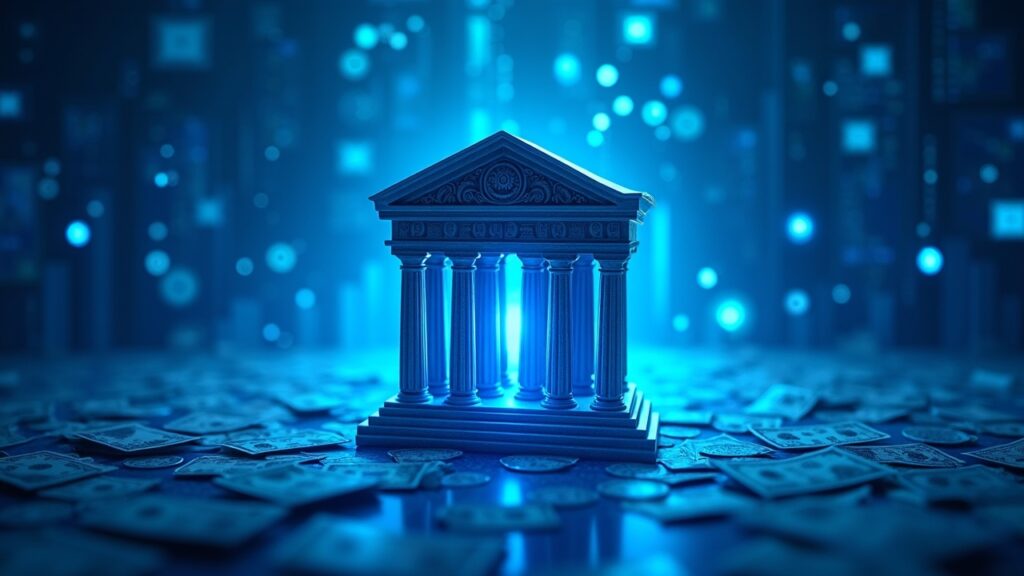Goldman Sachs besides Banco Santander appear on a list of banks that study money recorded on a blockchain. The short statement shows that large banks test whether a digital balance that lives on a shared ledger can serve treasury, settlement and liquidity brokers.
The project is evaluating how this stable digital asset could improve the efficiency of treasury, settlement, and liquidity by potentially reducing settlement times, lowering counterparty risk, and streamlining back-office costs.
This exploration is part of a broader trend of major banks investigating and investing in blockchain technology to improve existing infrastructure and create new financial products, such as those related to the tokenization of assets and real-time payments.
A blockchain based money is a digital unit that acts as payment but also record on a chain allowing native settlement and automatic trace. The headline alone marks an early probe that might touch liquidity and reconciliation, but numbers that size the effort remain missing.
Blockchain-recorded money for treasury, settlement and liquidity
Success would pool liquidity inside closed bank networks. The note does not say whether the banks will link to public chains. Moving finality to a chain forces a check on custodians, counterparty lists and contract code.
The consortium, which also includes BNP Paribas, Citigroup Inc., MUFG Bank Ltd, TD Bank Group and UBS Group AG, will investigate the issuance of “a 1:1 reserve-backed form of digital money that provides a stable payment asset available on public blockchains, focused on G7 currencies”, the banks said in a statement on Friday.
Systemic banks talk to supervisors, yet the reply names no region or licence step. On chain deposits or cash like tokens could appear.
Large banks show interest, treasury, settlement, custody and rule-makers feel the ripple, concrete impact is still unknown. Until Goldman or Santander release a pilot note, region list or date, the topic stays at the idea stage.

